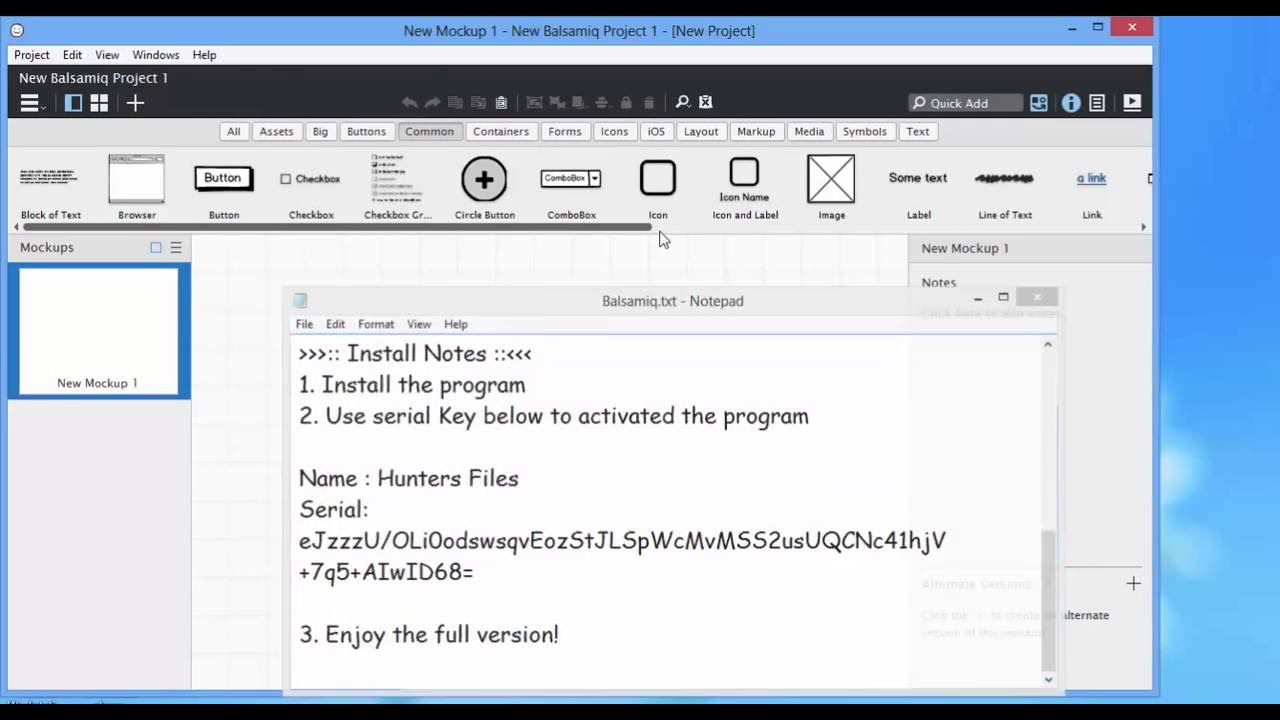
Understanding the Business ObjectiveĪ business analyst should be able to comprehend an organization’s goals and problems. With the help of organized documentation, business analysts can communicate technical concepts easily to non-technical employees. They should confidently present their project findings and outcomes in front of the stakeholders and clients.

A business analyst should document their project teachings and results very well, clearly, and concisely. Last, in the list of business analyst skills, we have documentation and presentation. They even summarize customer revenue by product to find areas where there is a need to build stronger customer relationships. Business analysts use Excel to calculate customer discounts based on monthly purchase volume by product. They make different charts using Excel to generate dynamic reports related to a business problem.Įxcel is used to create revenue growth models for new products based on recent customer forecasts, plan an editorial calendar, list expenses for products, and create charts to show how close the product is to budget across each category. They summarize data by creating pivot tables. Excel is one of the oldest and strongest analytics and reporting tools business analysts use it to perform several calculations, data, and budget analysis to unravel business patterns. This is a fundamental skill that every business analyst must-have. Next, on our list of business analyst skills is knowledge of Microsoft Excel. Sound knowledge of Tableau, QlikView, and Power BI is necessary to make different reports based on the business requirements. Business analysts develop general reports and dashboard reports to solve decision-making problems. Business analysts must be proficient in using various business intelligence tools for creating reports and dashboards. The next vital skill we have is the creation of reports and dashboards. Also, business models can be created for making business predictions. With the help of the above programming languages, massive data can be analyzed and visualized finely.
#Balsamiq key software
Additionally, a sound understanding of statistical software like SAS and SPSS is recommended. R and Python comprise several libraries and packages for data wrangling, data manipulation, data visualization, and analytics. Complex problems can be solved by writing efficient codes. Knowledge of R and Python is extremely beneficial. Programming Languagesīusiness analysts should have hands-on programming knowledge in order to perform quicker and better data analysis. It's important to note that the specific technical skills required for a business analyst role may vary depending on the industry, organization, and project requirements. Software Development Life Cycle (SDLC)įamiliarity with the various phases of the SDLC is important for business analysts to work effectively with development teams and ensure smooth project execution. Understanding these systems helps business analysts gather requirements, evaluate integration needs, and support implementation projects.ĩ.

Knowledge of ERP and CRM Systemsįamiliarity with enterprise resource planning (ERP) systems like SAP or Oracle, and customer relationship management (CRM) systems like Salesforce. These skills enable business analysts to visually communicate requirements and validate solutions with stakeholders. Proficiency in tools like Axure RP, Balsamiq, or Sketch to create interactive prototypes, wireframes, and mock-ups. Knowledge of system analysis techniques, such as UML (Unified Modeling Language), to effectively analyze and document system requirements, use cases, and workflows. Business analysts with Agile skills can effectively collaborate with development teams, facilitate sprint planning, and participate in Agile ceremonies. Understanding of Agile methodologies like Scrum or Kanban, and familiarity with Agile project management tools like JIRA or Trello.

These tools help business analysts capture, document, track, and manage requirements throughout the project lifecycle. Proficiency in requirements management tools like JIRA, Confluence, or IBM Rational DOORS. Business analysts use these skills to map and analyze business processes, identify inefficiencies, and propose improvements. Knowledge of process modeling techniques, such as BPMN (Business Process Model and Notation), and process analysis tools like ARIS or Visio.


 0 kommentar(er)
0 kommentar(er)
